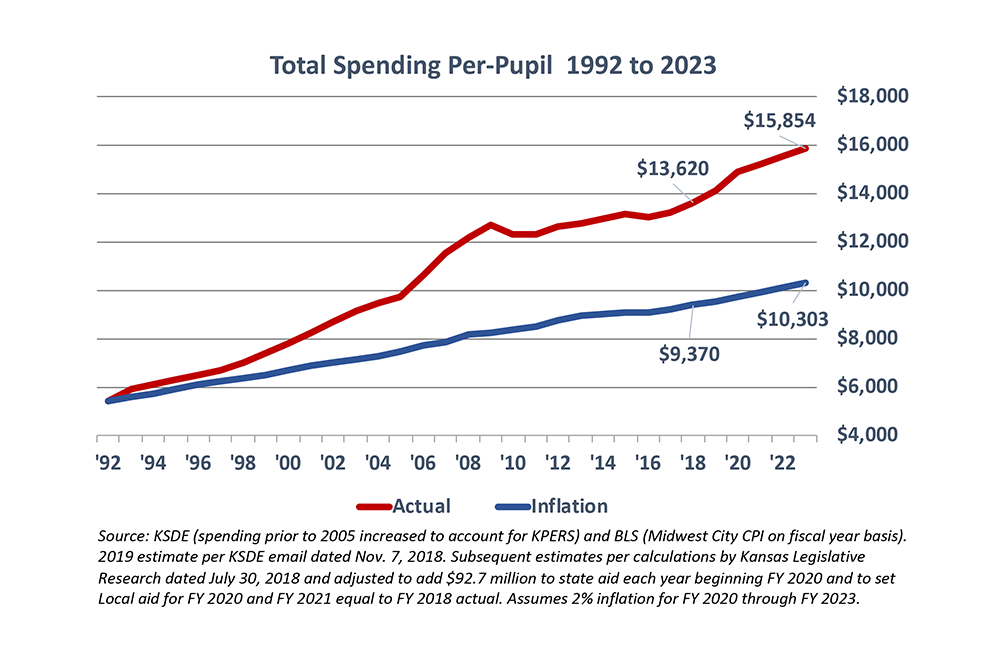Lawmakers got a preview of an education finance study commissioned to assist them in drafting a new school funding mechanism. The study recommended an additional $1.7 billion to $2.1 billion be allocated to public schools in order to meet performance standards.
“There are too many questions at this point for us to jump to any solid conclusions,” Sen. Molly Baumgardner, a Louisburg Republican and chair of the Senate education committee, said.
WestEd, a consulting organization, and Lori Taylor, a Texas A&M economics professor, conducted the study, but Taylor didn’t present her research to lawmakers as she was appearing at a conference out-of-state on Friday. Instead, attorneys hired to defend the legislature in an ongoing school financing lawsuit presented the 164-page study. The attorneys received their copies only hours before the presentation.
There are three different costs based on three different standards assumptions.
The study drafted three different cost scenarios based on different educational standards. To draw funding conclusions, researchers multiplied the number of students in the state by three weightings, or multipliers. One weighting is based on student needs, like low-income or gifted populations. Another weighting is based on how much educational resources cost in a certain area. For example, labor in one district may cost more than in another. A third weighting is related to economies of scale.
Legislators pointed out several errors in the research, including an appendix that lists Kansas school districts and their student population. The chart says the Olathe School District has 302 students. More than 29,000 students attend Olathe public schools.

Baumgardner said the base number of students the study used, 489,795, is significantly higher than the full-time-equivalent headcount lawmakers use in the existing school funding formula.
“If you talk to our legislative research people, that’s roughly 30,000 more (students) than what we kick into our formula,” she said. “We need to see how she is applying that to the calculation.”
The discrepancy in cost recommendations in the study are related to performance metrics. If lawmakers hope to achieve higher student outcomes, the study recommends an influx of more $2.1 billion in additional funding for schools. It appears to suggest schools require an additional $450 million simply to maintain existing levels of student achievement.
“I am hoping from the depths of my soul that the numbers are corrected, and it’s not what appears, on first blush, to be the numbers we’re looking at,” Rep. Jene Vickrey, a Louisburg Republican, said. “We’ve got to get back to the real world and what the state can afford.”
The Kansas Supreme Court ruled the existing school funding mechanism unconstitutional. In their decision, the Justices said current funding levels aren’t adequate or equitable. They stopped short of prescribing a specific dollar amount for school funding, but many legislators and lobbyists theorize it will cost $600 million to appease the Court.
“Apparent mistakes and data questions–whether from (the Kansas State Department of Education) or WestEd–make determining the net impact of this report’s recommendations unknown,” Dave Trabert, president of the Kansas Policy Institute, said. “But one thing remains crystal clear, spending more money will not magically cause achievement to improve.”
The study recommends phasing in an additional $2.1 billion in new funding over the course of the next 5 years. The study’s authors, however, admit funding alone won’t improve student performance unless the money is used effectively.
“That clearly hasn’t been the case in Kansas, as a $3 billion increase over the last 20 years hasn’t moved the needle,” Trabert said.



